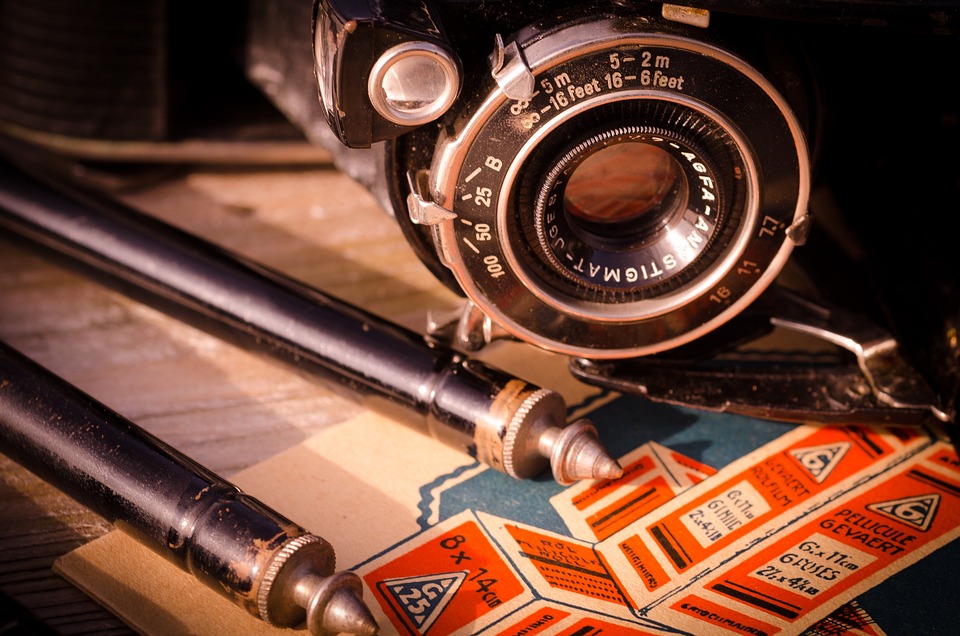Introduction
Sequels have become a common occurrence in the film industry, with many successful movies spawning multiple follow-up films. But what goes into making a sequel, from the initial script to the final product on the screen? In this article, we will delve into the process of bringing a film sequel to life, from the early stages of development to the final edit in the editing room.
Development
Scriptwriting
The journey of creating a film sequel often begins with the scriptwriting process. Screenwriters work diligently to craft a story that will continue the narrative of the original film while introducing new elements to keep audiences engaged. The script must capture the essence of the original film while also pushing the story forward in a meaningful way.
During the scriptwriting stage, writers may work closely with the original film’s director and producers to ensure that the sequel stays true to the vision of the first film. They may also draw inspiration from source material, such as books or comic books, to further develop the story and characters.
Pre-Production
Once the script is finalized, the film moves into the pre-production phase. This stage involves extensive planning and organization, as the filmmakers prepare to bring the script to life on the screen. Key elements of pre-production include casting, location scouting, and securing filming permits.
The director and producers work closely with the production team to create a detailed production schedule and budget. They may also begin designing sets, costumes, and props to bring the world of the film to life. This stage is crucial for ensuring that the filming process runs smoothly and efficiently.
Production
Filming
With pre-production complete, the film moves into the production phase, where the script is brought to life through filming. The director works closely with the cast and crew to capture each scene according to the script. This stage involves long hours on set, as the cast and crew work tirelessly to bring the world of the film to life.
During filming, the director must make creative decisions about how to shoot each scene, including camera angles, lighting, and sound. The director also works closely with the actors to ensure that their performances align with the vision of the film. This stage is often chaotic but exhilarating, as the film begins to take shape before the crew’s eyes.
Post-Production
Editing
Once filming is complete, the film moves into the post-production phase, where the footage is edited to create the final product. The editor works closely with the director to assemble the footage into a cohesive narrative, making creative decisions about pacing, visuals, and sound.
The editing process is where the film truly begins to come together, as scenes are trimmed, rearranged, and enhanced to create a seamless story. The editor may also work with visual effects artists and sound designers to add the finishing touches to the film, including CGI, music, and sound effects.
Color Correction and Sound Mixing
After the initial edit is complete, the film undergoes color correction and sound mixing to enhance the visual and auditory experience for audiences. Color correction involves adjusting the color balance and tone of the film to create a cohesive look, while sound mixing involves balancing dialogue, music, and sound effects to create a dynamic audio experience.
Color correction and sound mixing are crucial for creating a polished final product that meets the director’s vision. These steps are often done in collaboration with the director and producers, who provide feedback and guidance on the final look and sound of the film.
Conclusion
From script to screen, the making of a film sequel is a complex and intricate process that involves many creative minds working together to bring a story to life. Each stage of production, from scriptwriting to post-production, plays a vital role in shaping the final product that audiences see on the screen.
By understanding the journey of creating a film sequel, audiences can gain a greater appreciation for the artistry and craftsmanship that goes into making a successful follow-up film. From the early stages of development to the final edit in the editing room, the making of a film sequel is a labor of love that requires dedication, creativity, and collaboration.
So the next time you sit down to watch a film sequel, take a moment to consider the hard work and dedication that went into bringing that story to life on the screen. From script to screen, the making of a film sequel is a journey worth celebrating.
